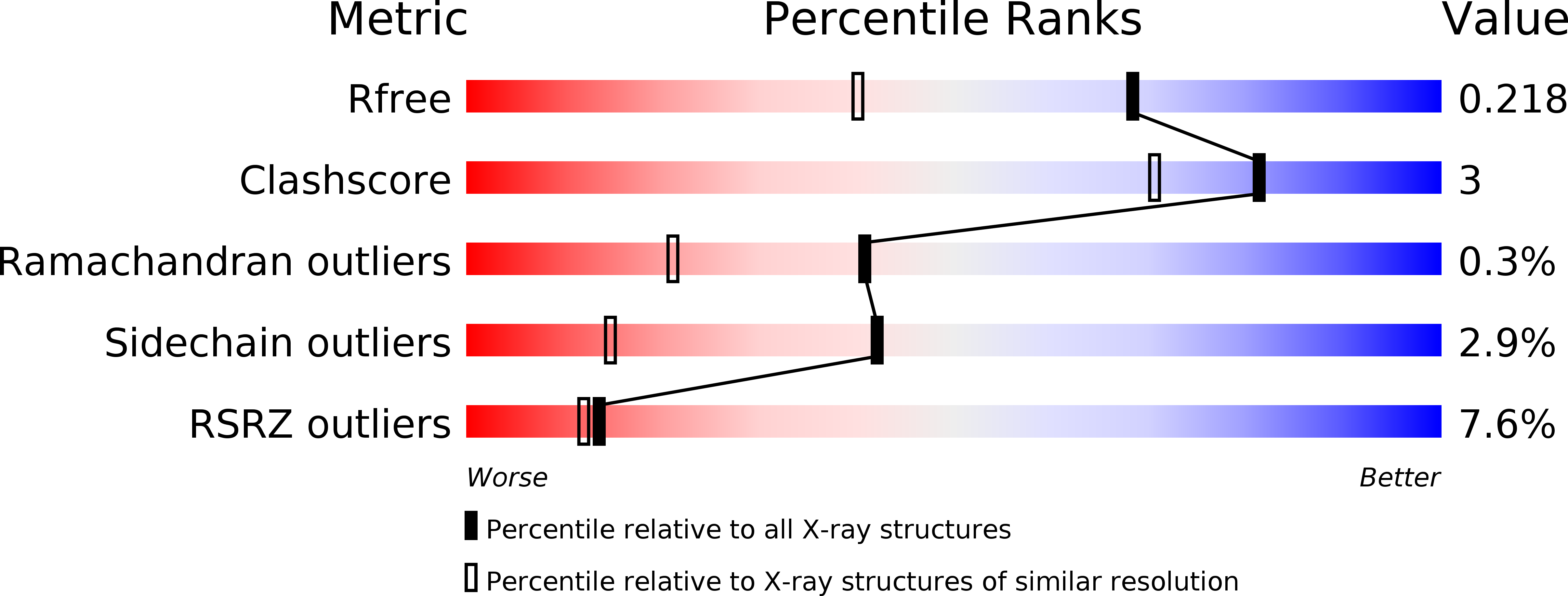
Deposition Date
2013-01-10
Release Date
2013-10-16
Last Version Date
2024-10-30
Entry Detail
Biological Source:
Source Organism:
Human immunodeficiency virus type 1 (Taxon ID: 11698)
Host Organism:
Method Details:
Experimental Method:
Resolution:
1.64 Å
R-Value Free:
0.21
R-Value Work:
0.17
R-Value Observed:
0.17
Space Group:
P 1


